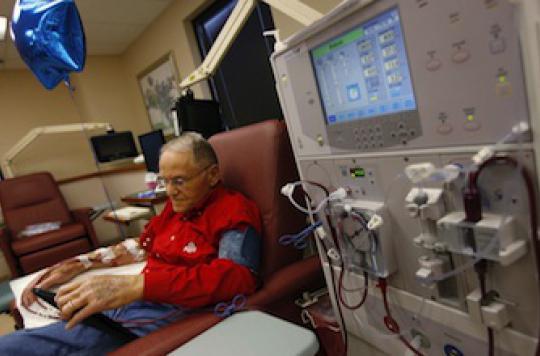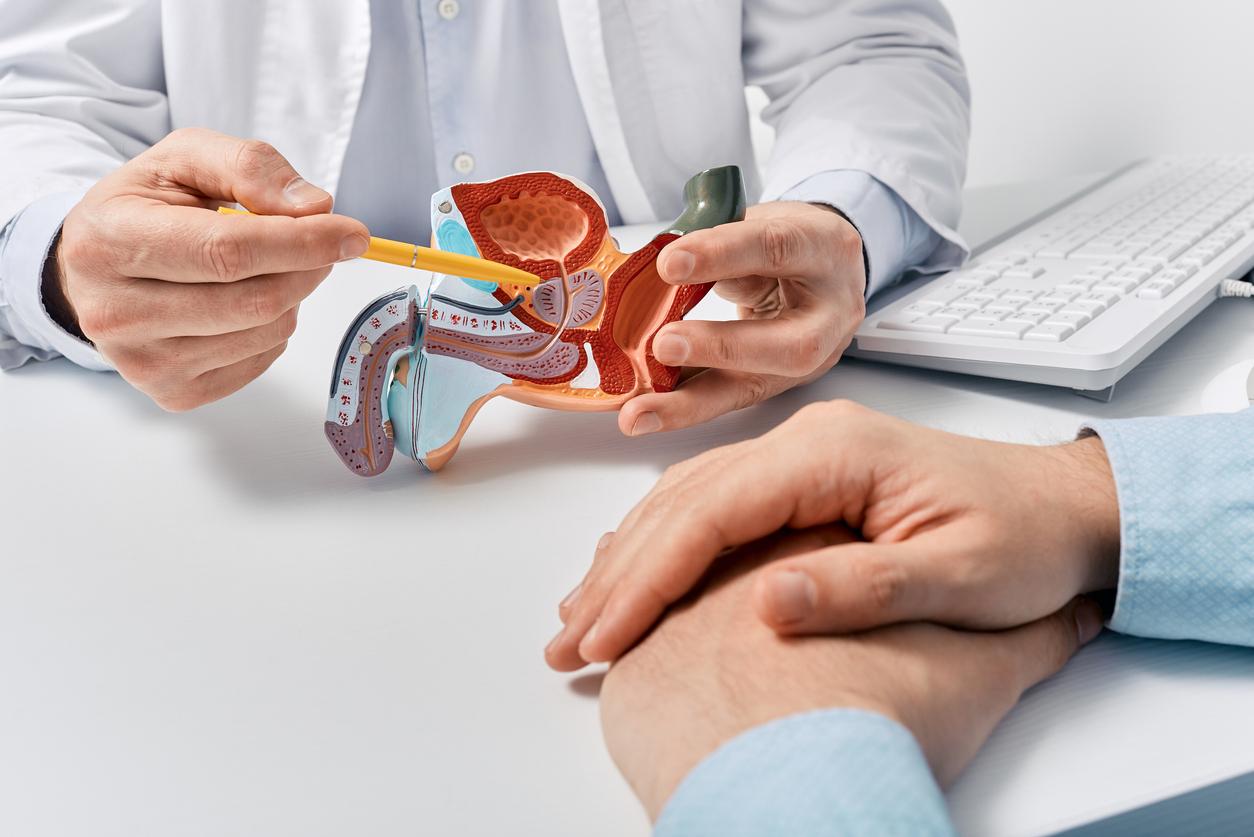Kidney transplantation remains the best treatment for kidney failure. It improves life expectancy and quality of life compared to dialysis. However, social inequalities remain to access it.

Kidney disease is little known but frequent! Indeed, according to the States General of the Kidney (Egr) 2013 presented this Monday, June 17, between 2 and 3 million French people would be affected by this type of disease. And these renal pathologies entail significant risks. On the one hand, the increase in cardiovascular morbidity and, on the other hand, the specific risk of developing end-stage renal disease (IRT).
Among the 70,000 people who are now treated in France for end-stage renal disease, 55% of them are on dialysis and 45% have been transplanted.
But, faced with these two therapeutic options, transplantation remains recognized as the best treatment for patients because it improves quality and life expectancy. But, in this area, social inequalities persist.
To arrive at this observation, an unprecedented field survey was carried out from May to December 2012 by Egrs. Thanks to the strong mobilization of patient associations and hospital federations to distribute the survey questionnaires, participation was very strong: 8,600 questionnaires returned by people on dialysis or transplant recipients.
Diabetes, obesity, vascular nephropathies, for example, are obstacles to access to transplantation, the survey said. And, “these diseases are more common among popular categories,” the authors point out. The second factor relates to access to information. The most educated categories are always better informed and better advised. And the authors add that “this situation is not specific to kidney disease, it is found in other pathologies, cancer in particular”.
In addition, the transplant promotes the maintenance of a professional activity more than dialysis. As a result, the activity rates of dialysis patients without a diploma are fifteen times lower than those of transplant recipients and higher education graduates.
Kidney disease thus penalizes people with less education much more. The jobs they can claim, often the most physical, are hardly compatible with dialysis sessions and a weakened organism. It is quite different at the top of the diploma scale, where jobs require only intellectual efforts, for transplant recipients who have regained better health.
In conclusion, the Egrs call on the public authorities to make the fight against these social inequalities a priority. For example, by strengthening the knowledge of patients, and by promoting the realization of social science research projects on chronic kidney disease. Finally, as the kidney transplant allows the realization of substantial health savings, the General Conditions of the Kidney hope to achieve within 7 years a rate of 55% of transplant patients among all patients treated for end-stage renal failure.
.














-1730888646.jpg)


